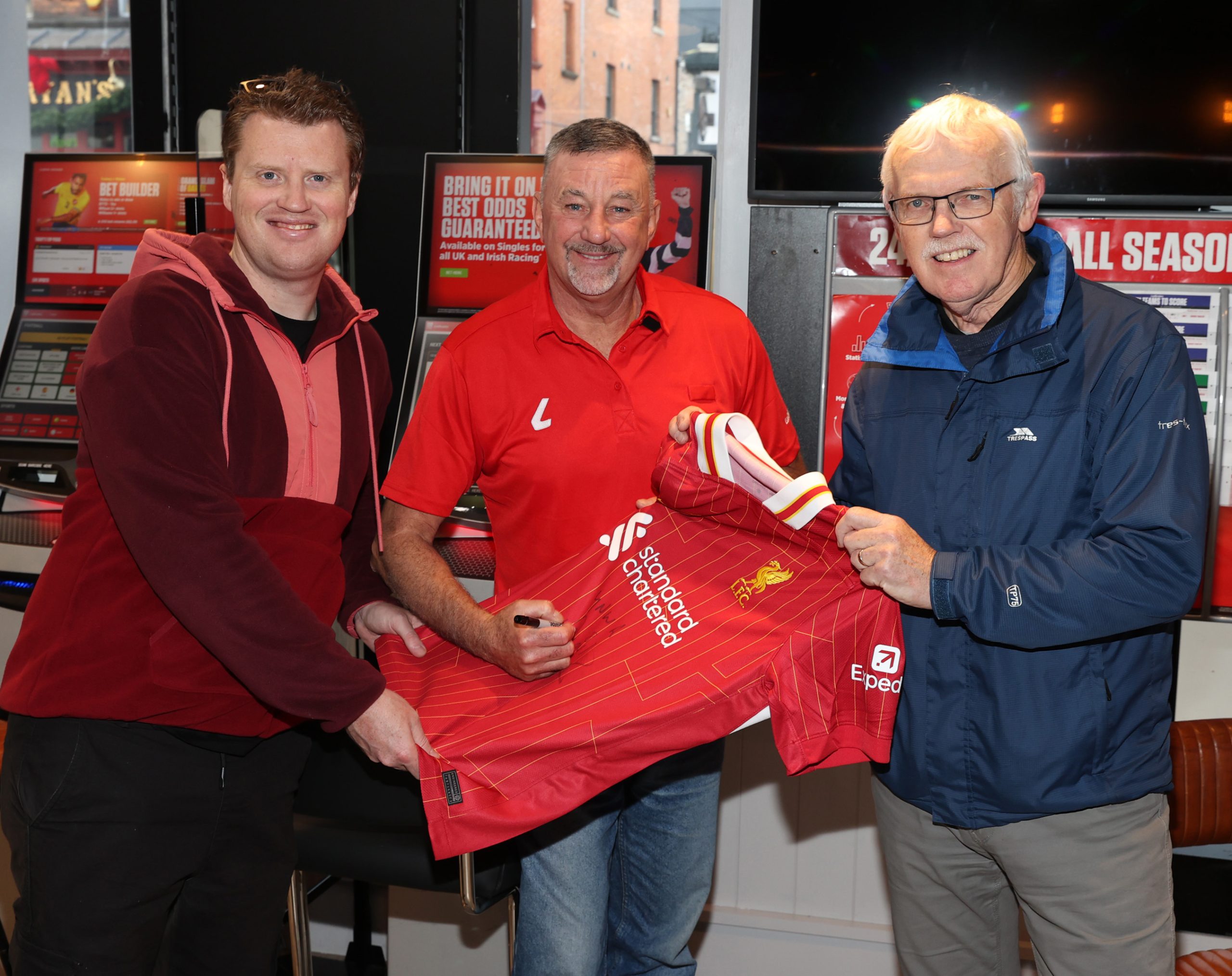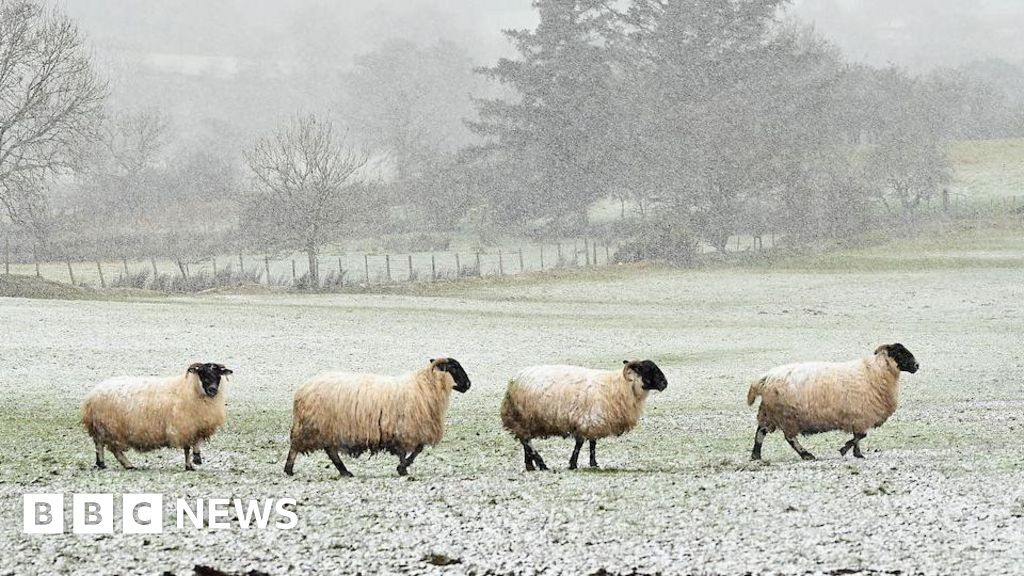Dr Vikram Pakrashi on the latest tech to blow through the wind industry.
In the context of an escalating climate crisis, where April became the 11th month in a row to break temperature records, the switch to renewables has never been more urgent. As an island nation with a marine territory that is 10 times the size of its landmass, Ireland has a significant opportunity to transition to renewables, in particular wind energy.
In March of this year, wind energy supplied a record 43pc of Irish electricity. Not only does this reduce carbon emissions, but it allows the country to harness indigenous supply instead of relying on imports. Earlier this month, the Irish Government held its first offshore wind auction and awarded projects with a total capacity of 3GW, enough energy to power 2.5m homes. This is part of its Climate Action Plan to deliver 7GW of offshore wind energy by 2030.
The life cycle of a wind farm
The increased pace of development of wind farms is good news for emissions targets, but all that new infrastructure needs to be looked after. Wind turbines last on average about 20-25 years, with some parts needing to be replaced during that time.
In order to maximise their lifespan, researchers have turned to tech.
Dr Vikram Pakrashi is an associate professor in the School of Mechanical and Materials Engineering and director of the Centre for Mechanics at University College Dublin. He spoke to SiliconRepublic.com about the RemoteWind project and how it aims to use the latest technologies to inspect and monitor wind farms.
“The operations and maintenance aspects of wind turbines are critically related to their safety and performance,” Pakrashi explained. But carrying out inspections on wind farms can be challenging. “Visual inspection can take a lot of time and often the access areas can be far away and even dangerous,” Pakrashi said.
Funded by the Sustainable Energy Authority of Ireland (SEAI) under its Research, Development and Demonstration Fund, the aim of RemoteWind is to use advanced technologies to rapidly assess the conditions of wind farms throughout their life cycle.
Pakrashi says that the project uses aerial and underwater drones, lasers and sensors to “obtain site-specific information about the health of these infrastructure assets”. The data gathered is then analysed to create performance benchmarks.
“Our approach not only makes the process safer, but the information is more objective, richer and faster. It saves time and money, and also maximises our information about these infrastructure elements.”
A project such as this is not without its challenges though. Pakrashi said that access to sites, insurance and vessel costs are daily struggles, but he believes that by being open about the challenges as well as the successes of research, it helps the public to understand and appreciate the work that goes on in Ireland’s research sector.
“There are challenges for many such ambitious projects engaging with full-scale sites and we continue to work with a group of motivated scientists and engineers from academia and industry to overcome these.”
A gust of opportunity
The challenges of research are often outweighed by the value of the work; in this case, the improvement of Ireland’s wind infrastructure.
If wind farms are to be a competitive, sustainable part of our renewable energy system, they need to maintain consistent performance and safety standards, Pakrashi said. He believes there is “a unique opportunity to connect the advancements in sensors and data communication technology, along with data science, to the fundamental physics and operations in this sector”. With the result being industry benchmarks and the development of standardised best practice guidelines for monitoring and maintenance of wind farms.
“This is precisely what RemoteWind hopes to achieve,” he said.
Find out how emerging tech trends are transforming tomorrow with our new podcast, Future Human: The Series. Listen now on Spotify, on Apple or wherever you get your podcasts.










